The Supreme Doctrine: Discourses on the Ken Upanishad
Synopsis
Meditation creates a distance, it gives you a perspective. You go beyond the problem. The level of consciousness changes. Through psychoanalysis you remain on the same level. The level never changes; you are adjusted on the same level again. Your awareness, your consciousness, your witnessing capacity, doesn't change. As you move in meditation you go higher and higher. You can look down at your problems. They are now in the valley, and you have come to a hill. From this perspective, this height, all the problems look different. And the more the distance grows the more you become capable of observing them as if they don not belong to you. Psychoanalysis is a temporary relief because psychoanalysis cannot conceive of anything which transcends ego. A problem can be solved only when you can go beyond it. Yoga, Tantra and all meditation techniques, they are based upon a different ground. They say that the problems are there, the problems are around you but you are never the problem. You can transcend them; you can look at them like an observer is looking down from the hill into the valley. This witnessing self can solve the problem. Really, just by witnessing a problem it is half solved already. Because when you can witness a problem, when you can observe it impartially, when you are not involved in it, you can stand by the side and look at it. The very clarity that comes out of this witnessing gives you the clue, gives you the secret key.
Read more
36.00
32.4
$
40.00 $
Free delivery Wolrdwidе in 10-18 days
Ships in 2-4 days from New Delhi
Membership for 1 Year $35.00
Get it now and save 10%
Get it now and save 10%
BECOME A MEMBER

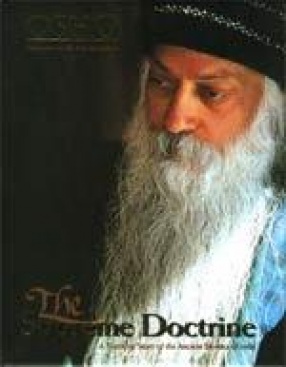
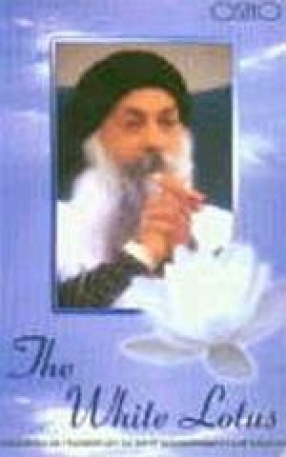
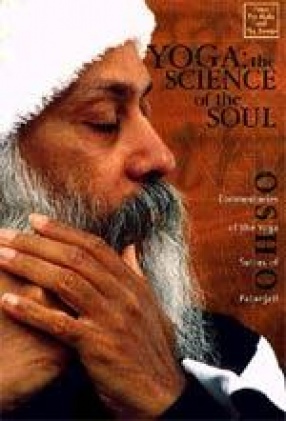
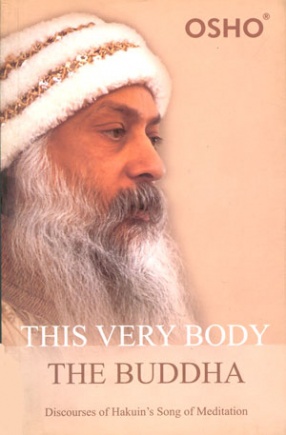
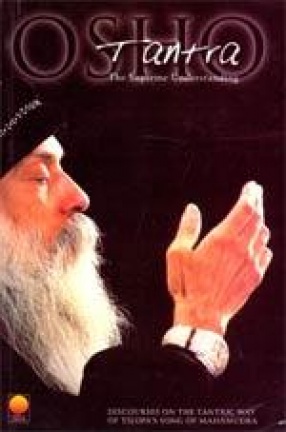

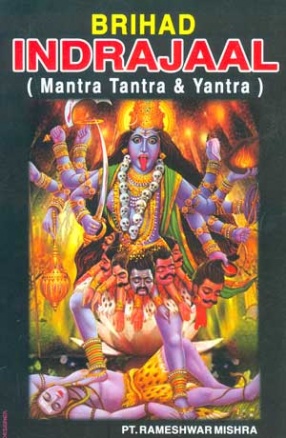
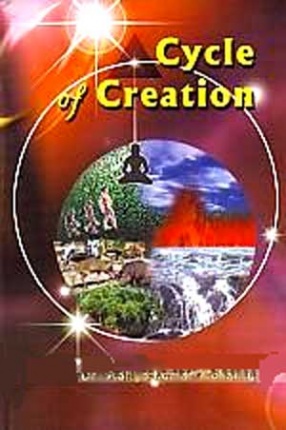
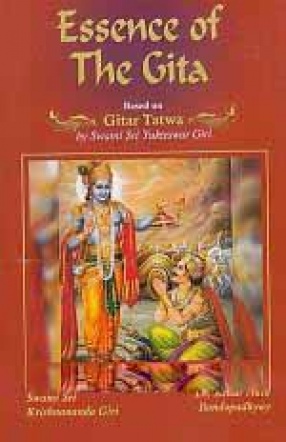

Bibliographic information
Tags